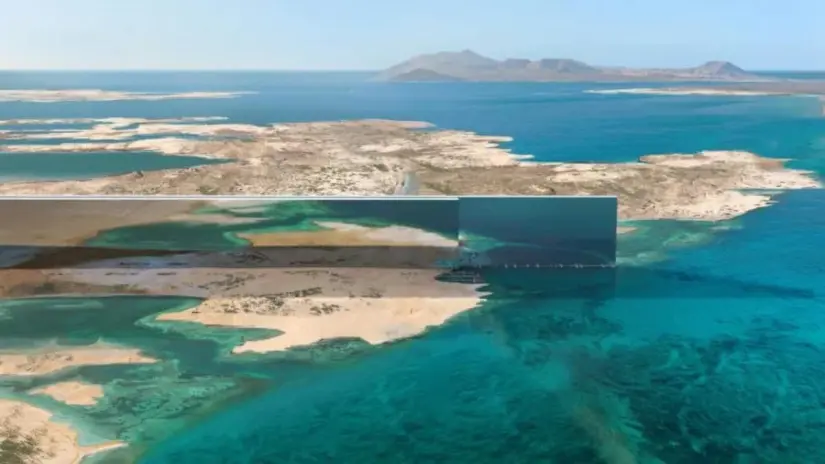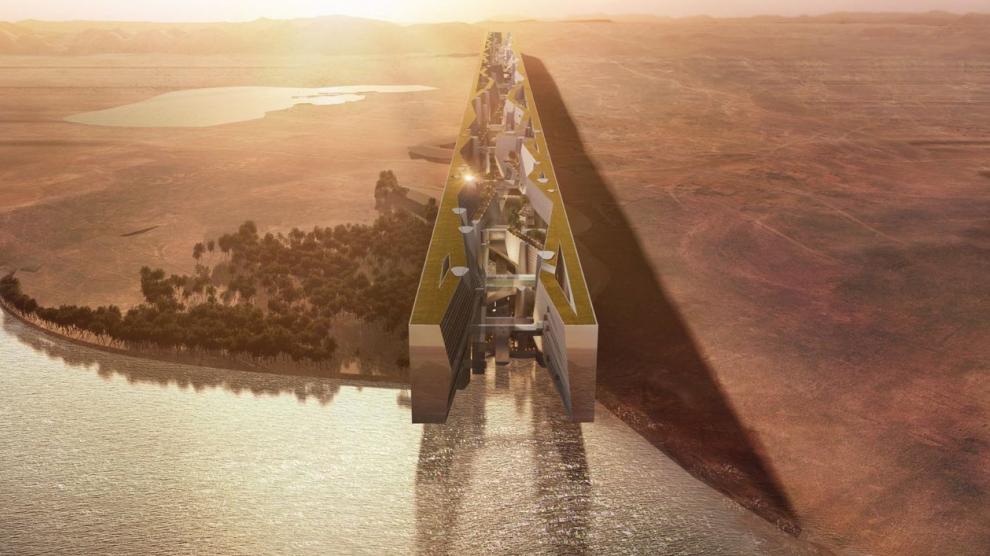The Line, Saudi Arabia: A Revolutionary Urban Concept Redefining Future Cities
Saudi Arabia is making headlines with its groundbreaking urban project, The Line, a 170-kilometer-long linear city designed to challenge conventional urban planning. Announced as part of the NEOM initiative, The Line promises to redefine how people live, work, and interact with their environment by eliminating cars, roads, and traditional infrastructure constraints. This futuristic city, expected to house nine million residents, aims to set new standards in sustainability, efficiency, and architectural innovation.
The Vision Behind The Line
The Line is envisioned as a zero-carbon smart city that integrates nature and technology seamlessly. The project aligns with Saudi Arabia’s Vision 2030, a strategic plan to diversify the country’s economy and reduce dependence on oil. Designed to be just 200 meters wide but soaring 500 meters high, the city will be encapsulated within two mirrored skyscrapers running parallel to each other, enclosing a completely self-sufficient ecosystem.
Innovative Architectural and Urban Planning Features
Unlike traditional cities, which expand outward in chaotic urban sprawl, The Line adopts a linear structure where everything a resident needs is within a five-minute walk. This radical approach eliminates the need for cars, reducing pollution and promoting pedestrian-friendly living.
Key architectural and urban features include:
High-speed underground transit that connects different sections of the city in just 20 minutes.
AI-driven smart infrastructure for energy efficiency, security, and resource management.
Vertical layering of city functions, allowing homes, offices, and green spaces to exist on different levels.
Renewable energy sources, ensuring a fully sustainable, net-zero carbon footprint.
Self-sustaining ecosystems, with water recycling and food production integrated into the city’s infrastructure.
Sustainability and Environmental Impact
One of The Line’s most ambitious goals is to be a carbon-neutral city. Traditional cities consume vast amounts of energy for transportation, infrastructure, and waste management, but The Line aims to minimize its footprint by integrating:
100% renewable energy (solar, wind, and hydrogen-based power).
Smart water desalination and recycling systems to ensure efficient resource use.
Rewilding initiatives that restore natural ecosystems alongside urban developments.
By eliminating roads and prioritizing green transportation systems, The Line intends to set a precedent for climate-conscious urban development.
Economic and Social Impact
The economic impact of The Line extends beyond Saudi Arabia, positioning the project as a global hub for innovation, tourism, and technology. Expected to generate 380,000 jobs and contribute $48 billion to the country’s GDP, it is attracting investments from architects, urban planners, and tech companies worldwide.
Socially, The Line introduces a new urban lifestyle that prioritizes well-being, productivity, and environmental consciousness. With advanced healthcare systems, high-quality education, and entertainment hubs seamlessly integrated into its design, residents will experience a futuristic, hyper-connected urban environment unlike any other.
Challenges and Criticism
Despite its ambitious scope, The Line faces significant challenges:
Feasibility concerns: Constructing a city of this magnitude within a desert environment poses engineering and logistical difficulties.
Cost: With an estimated budget exceeding $500 billion, the project’s financial sustainability remains a key concern.
Human and environmental impact: Displacement of local communities and disruption of ecosystems have raised ethical and ecological questions.
Conclusion
The Line represents a bold step toward the future of urban living, combining cutting-edge architecture with sustainable design. If successful, it could revolutionize city planning and set a new benchmark for smart cities worldwide. As the project develops, architects, engineers, and urban planners will closely monitor its progress to determine whether The Line truly represents the city of tomorrow or an ambitious experiment in the making.
#TheLine #SaudiArabia #UrbanPlanning #SmartCities #Sustainability #FuturisticCity #ZeroEmissions #GreenEnergy #HighTechArchitecture #UrbanDevelopment #FutureOfCities #AIArchitecture #NEOM #MegaProjects #arquitectura #architecture # arquitecto #design




Comentarios
Publicar un comentario